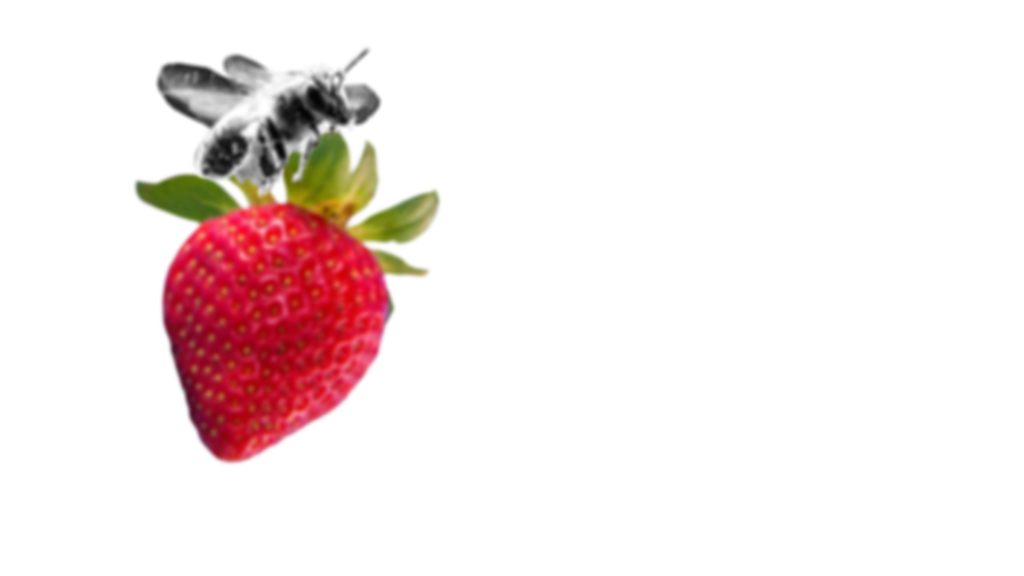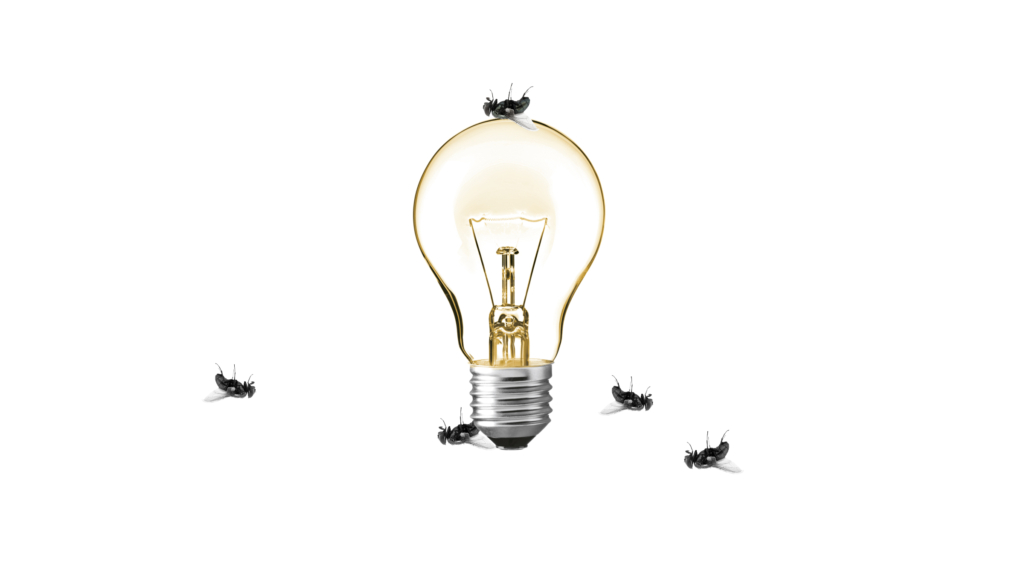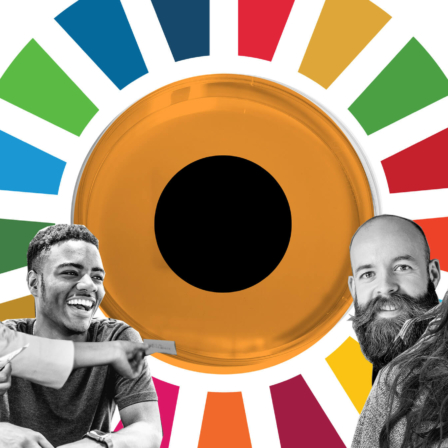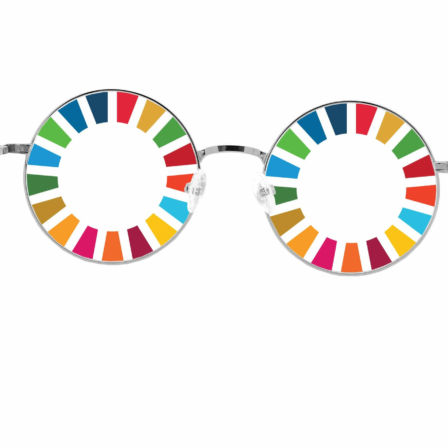What are pollinators?
Bees, like other pollinator insects, are vital for the healthy functioning of ecosystems. Over the past few years, there have been increasingly alarming international headlines about their decline. There is good reason for the widespread coverage, as there are approximately 200,000 species of animals classified as pollinators.
These animals include all species that can transfer pollen from a flower’s anther to the stigma, like birds, bats, butterflies, flies, beetles and small mammals. The most important group of pollinators consists of bees, including honeybees as well as bumblebees and solitary bees.
One of the significant features of pollination is that all seed plants require pollination, either by wind or pollinators. Examples of wind-pollinated plants include grains, such as wheat, rye and barley. Typically, these flowers do not attract much attention, being small, odourless and dull-coloured. Makes sense, as they do not need to attract animals to facilitate their reproduction.
Out of all flowering plants, some 90 per cent are insect-pollinated. They require insect pollination – or, at the very least, benefit from it – to reproduce. Examples include apple, cucumber, tomato, strawberry, raspberry, buckwheat, fava bean, almond, grapes, avocado and soybean.
Maintainers of biodiversity
The importance of pollinators is also highlighted by their impact on natural biodiversity. Loss of biodiversity is of concern, mainly due to the interdependence of species. One species becoming extinct can have a significant – and even unexpected – effect on another species.
Furthermore, rich biodiversity creates a more solid foundation for the survival of all species. Greater biodiversity means a more robust foundation for the animal kingdom as a whole. A stable ecosystem means less severe disruptions to the natural balance, which can be easily destroyed by invasive species or changing weather conditions, for instance.
Low variance in land use has a negative impact on pollinators. Traditional biotopes, such as meadows, are on the decline in Finland as well. In an article published by Yle (in Finnish), it was reported that the share of meadows of Finland’s entire land area has fallen to less than one per cent during the past century. This is a worrying situation from the perspective of pollinators, as these are vitally important habitats for them.
How do natural pollinators differ from domesticated bees?
Discussions about pollinators often turn to domesticated honeybees. Like other domesticated animals, domesticated honeybees need regular care by humans to survive in the northern climate.
Wild pollinators – which are mostly solitary animals in Finland – are also extremely important; we should never disregard their value. These species are responsible for the majority of pollination (link in Finnish) and are the ones most under threat. A report published in 2015 found that 9.2 per cent of wild bees are threatened with extinction, while 5.2 per cent are likely to be threatened in the near future.
However, it is impossible to create a holistic assessment of the situation, as we do not have sufficient information on the future prospects of the majority of wild bee species. In Finland, the monitoring of pollinator populations only began in 2019 with bumblebee monitoring under the Finnish Environment Institute’s Pölyhyöty project (link in Finnish).
There are some 2,000 species of wild bees in Europe. In Finland, there are 234 different species of bees, including 37 species of bumblebees. This group had tremendous variety among habitats and lifestyles among its members. The Finnish Biodiversity Information Facility has recently published Insects of Finland – Guide to Orders, which is an excellent source of information on the subject.
What are the challenges faced by pollinators?
All pollinators are important, so why are farmed honeybees not enough? Yliopisto magazine cites recent studies on pollinators in Europe that have focused especially on how pollination by domesticated honeybees could support the pollination needs of all insect-pollinated crops. Research conducted between 2005 and 2010 indicated that, in Finland, domesticated honeybees could only cover a quarter of all pollination needs, revealing the extent of the alarming situation.
Finland has it worse than in many other European regions, according to Heikki Hokkanen from the University of Helsinki: “The average age of beekeepers in Finland is high, and many have quit after losing beehives to diseases and parasites. The co-operation between farmers and beekeepers is not effective. The beehives are not located where there are crops that need them.”
Harmful practices in agriculture endanger pollinators across the ecosystem too. Some farmers order mail-order bumblebees from abroad in an effort to ensure successful pollination. However, Hokkanen points out that foreign bumblebees might carry diseases that can spread to wild pollinators and domesticated bees. In South America, for example, native pollinator species are at risk of extinction due to ailments introduced by greenhouse bumblebees.
Depending on the crop type, successful pollination by bees requires three or four beehives per hectare. According to Yle, there were 70,000 beehives that made it through the winter (link in Finnish) in Finland last year. This means that the current number of beehives does not fill the demand from Finnish organic farms, even if every beehive in the country were to be distributed evenly in these areas.

Check your plate for lost pollinators
Pollinator decline becomes evident differently in different places. One of the reasons is that each country, with their unique climate, specialises in the cultivation of different crops.
The situation is of grave concern in Germany and the UK. In Germany, for example, 75 per cent of all insects have been lost over the past 27 years. In China, pollinator populations are so low that people have been employed to pollinate fruit trees.
The shortage of pollinators is not a foreign phenomenon in Finland either. Lately, rapeseed yields have declined especially in Southwest Finland, where agricultural activity is most intense in the country.
The loss of pollinators can also be demonstrated inversely. The systematic deployment of beehives to cultivated land has increased rapeseed yields by as much as between 20 and 50 per cent. Similarly, cumin and buckwheat yields have more than doubled in areas where bee pollination is used. These results show that the full potential of cultivated crops is not reached without sufficient pollinators. This also leads to inefficient use of other valuable production inputs, such as fertilisers and plant protection solutions. The chain reaction has devastating effects for the ecosystem in the long run: when crop yields are low, more land will be cleared for cultivation.
Insect pollination not only increases crop yields but also significantly improves the quality of the harvest. Rapeseed oil content is increased. Fruit and berry quality is increased, leading to larger berries with higher vitamin content. Shelf lives and the market value of these products improve, as indicated by a study referred to in Duodecim magazine (in Finnish).
Pollinator decline and food shortage is a difficult equation in a world with a growing population. Pollinator shortages affect food production and availability in at least four ways: decreasing crop yields, higher variation in crop yields, lower product quality and increased food waste.

Light pollution confuses pollinators
Light pollution is defined as artificial light that has a disruptive or harmful impact. This includes decorative lights, advertising lights, outdoor lights pointing to the sky and the bright headlights of cars. Studies conducted on insects confused by artificial light show that as much as one third of them do not survive until morning, due to exhaustion or being spotted by predators in bright light.
Light pollution also makes insects lose their sense of direction. Think about it: you have all seen how light attracts insects at night. The prevailing theory is that moths mistake artificial lights for the moon, which is what they naturally use to orient themselves.
Insects simply do not have the ability to adapt to artificial light. This is particularly harmful to nocturnal insects, which represent about half of the world’s insect species. The simplest way to alleviate this problem is to switch off all unnecessary lights when it is dark outside or to use motion detectors to only switch on lights when necessary.

Your jeans need pollinators too
On top of food, everyone needs clothing too. It might surprise you that the clothing industry is highly dependent on pollinators. Cotton, for example, is an insect-pollinated crop that competes for land with food production in the countries where it can be grown.
With a share of 43 per cent, cotton is one of the most popular fibres used in the clothing industry. While some cotton plants do not depend on insect pollination for reproduction, they benefit greatly from the presence of insects, which has been shown to improve crop yield and quality by about 10 per cent. Large amounts of water, land, fertilisers and plant protection agents are used in cotton production today.
The production of organic cotton, which relies on pollination, can be an alternative to intensive cotton production. In organic cotton production, plant protection agents are replaced by biological methods. While significant progress has been made in the development of semi-synthetic fibres, their scalability is unfortunately not yet at the stage where they would be sufficient for mass production. On the global scale, organic cotton accounts for 0.7 per cent of all cotton production.
Current developments in the field
In the US, harnessing bees for pollination is much more advanced than in Europe. The pollination of almond farms, for instance, is done entirely by bee pollination. One of the most interesting examples is how miners are being retrained as beekeepers. Many out-of-work coal miners in rural America now earn additional income from selling honey, bringing a welcome boost to the local economy.
Last March, headlines were made by a Norwegian company whose team won this year’s Nordic SAS Hackathon. They were able to decipher bee’s communication from their “dance”, used to share information on the location of flower patches. This is especially important because the number of food locations has decreased, in relative terms, while biodiversity has declined.
The Finnish trailblazers
While the pollinator situation in Finland is also challenging, we also have ambitious experiments with good results.
Founded by Saara Kankaanrinta and Ilkka Herlin, Qvidja Farm experiments with producing food and energy in a way that sequesters carbon while cycling nutrients. The way the farm operates has created an ideal environment for pollinators and biodiversity, which includes natural green areas. Qvidja’s construction plans take the flight routes of butterflies into account, for example.
The town of Akaa is known as the Honey Capital of Finland. Its urban areas are filled with apiaries that increase biodiversity and ensure optimal crops in terms of quantity as well as quality. Efforts have been made to cover the entire urban part of Akaa with pollinators and there are 40 privately owned urban apiaries in the town. They are home to more than 20 million mild-mannered Italian honeybees.
Starting from the beginning of April, the town of Akaa has also broadcast a live-stream of their bees living on the roof of a supermarket. The man in charge of tending the hive is Risto Niilimäki, the father of urban beekeeping in Akaa. Local honey is also the preferred choice of business gift in Akaa.
What can I do?
Protecting the existing populations of pollinators in Finland can help increase the production capacity of professional crop cultivation and home gardening in many ways. We can also significantly grow our pollinator populations and obtain more information by conducting various studies.
At present, there are no vocational qualifications in Finland that include mandatory content on pollinators specifically – unless you happen to study beekeeping in an agricultural institute. This means that the importance of pollinators is not sufficiently emphasised. However, we cannot blame the professionals for this, for there is a deep chasm here between several professional groups that needs to be bridged. Co-operation between several critical groups of professionals is important for Finland’s future if we are to maintain our position as an independent state with a high level of well-being.
We all play a significant role in protecting pollinators. All of our basic needs are the same and we should remember the significance of pollinators every time we eat or put on our clothes.
The author has written her thesis on the economic added value of beekeeping to Finnish agriculture at the Estonian Business School.






Recommended
Continue reading